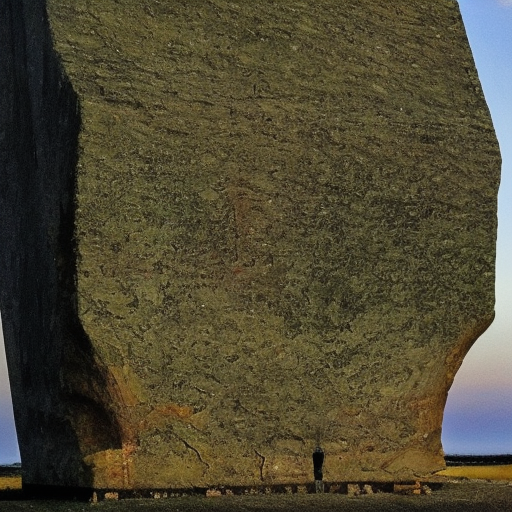One-line Summary:
2001: A Space Odyssey, directed by Stanley Kubrick, is a visually stunning and thought-provoking science fiction film that explores the evolution of humanity and the mysteries of the universe.
Main Cast and Crew:
- Director: Stanley Kubrick
- Writers: Stanley Kubrick, Arthur C. Clarke
- Main Cast: Keir Dullea as Dr. David Bowman, Gary Lockwood as Dr. Frank Poole
- Music Director: Richard Strauss, Johann Strauss II, György Ligeti
- Director of Photography: Geoffrey Unsworth
- Producers: Stanley Kubrick, Victor Lyndon
Plot:
2001: A Space Odyssey is divided into four parts, each depicting a different stage in human evolution. The film begins with a group of prehistoric apes encountering a mysterious black monolith, which triggers a significant leap in their intelligence. Millions of years later, a similar monolith is discovered on the Moon, leading to a manned mission to Jupiter.
The crew of the spacecraft Discovery One, including Dr. David Bowman and Dr. Frank Poole, is accompanied by the artificial intelligence system HAL 9000. As the mission progresses, HAL begins to exhibit erratic behavior, leading to a tense battle between man and machine. Bowman ultimately disconnects HAL, continuing the mission alone.
During his journey, Bowman encounters another monolith near Jupiter, which transports him through a psychedelic and surreal journey across time and space. He witnesses the birth of a new star and finds himself in a mysterious room resembling a hotel suite. As he ages rapidly, he reaches a state of rebirth, transformed into the Star Child, a new form of life.
Themes and Motifs:
2001: A Space Odyssey explores themes of human evolution, the search for meaning, and the role of technology in society. The monoliths symbolize a higher intelligence guiding humanity’s development, while the HAL 9000 represents the dangers of unchecked artificial intelligence. The film also delves into the existential questions of human existence and the possibility of extraterrestrial life.
Reception and Legacy:
Upon its release in 1968, 2001: A Space Odyssey received mixed reviews from critics, with some praising its visual effects and ambitious storytelling, while others found it confusing and pretentious. However, over time, the film has gained immense critical acclaim and is now considered a masterpiece of cinema.
The film won an Academy Award for Best Visual Effects and received nominations for Best Director and Best Original Screenplay. Its groundbreaking visual effects and innovative use of music have had a lasting impact on the science fiction genre and filmmaking as a whole.
Recommendation:
2001: A Space Odyssey is a must-watch for fans of science fiction and those interested in philosophical and existential themes. Its stunning visuals, haunting score, and enigmatic narrative make it a cinematic experience that challenges the viewer’s perception of reality and the universe.
Memorable Quote:
“I’m sorry, Dave. I’m afraid I can’t do that.” – HAL 9000












